In May, four employees of IEE RAS (A.N. Severtsov Institute of Ecology and Evolution) took part in an expedition to Nepal. About the lectures held at Tribhuvan University, about a trip to the Langtang National Park and other interesting places in Nepal - the account of the Scientific Secretary of the IEE RAS, Doctor of Biological Sciences Natalia Feoktistova and Deputy Director for Science, Doctor of Biological Sciences, Corr. of RAS Alexei Surov.
There are several versions of the origin of the toponym "Nepal". According to one of them, the name comes from the Sanskrit bases - nipa (“at the foot of the mountains”) and alai (“dwelling”, “inhabited place”), that is, “dwelling at the foot of the mountain”, which corresponds to the geographical conditions of the country. According to another version, the word "Nepal" comes from the Tibetan "niampal" ("holy land") and may be due to the fact that Siddhartha Gautama, who became known as the Buddha, was born in Nepal more than 2500 years ago.
Of course, the purpose of our trip was not to establish which version is more plausible. We simply wanted to experience the unknown, the mysterious country that we knew little about, which was supposed to be very different from everything we had seen before. We are a team of 7 people, consisting of employees of the IEE RAS (N.Yu. Feoktistova, A.V. Surov, B.I. Sheftel and A.Yu. Aleksandrov) and M.V. Lomonosov Moscow State University (A.A. Bannikova, V.S. Lebedev and E.A. Koblik). All of them are zoologists, mainly teriologists, and one (E.A. Koblik) is an ornithologist, the only one who was previously in Nepal, and even twice. The flight took 11 hours, including a four-hour layover in Delhi, where we were quite thoroughly searched during a security check and two GPS receivers were confiscated, which are now in the lost and found in Delhi. Why they took them away and where it is written that such devices cannot be imported into India, despite the fact that now any smartphone has the same functions, only Indian customs officers know. Because of this, we almost missed the plane, but nevertheless departed and made a soft landing in Kathmandu, the capital of this most interesting and mysterious country.
By prior arrangement, we were met by Nadezhda Neupokoeva, a true admirer of Nepal, and most importantly, a person with amazing knowledge of history, religion, traditions, cuisine and much more, concerning not only Nepal, but also Southeast Asia in general. And here we are under the care of this unique woman. It took 30 minutes to drive to Thorong-la Hotel in Thamel (city center). The cityscape outside the window was rather dirty streets with rather unkempt buildings interspersed with Buddhist and Hindu temples. The city center is noisy not only because of the huge mass of people, but also the insane number of rattling motorcycles and mopeds, on which the population masterfully moves through narrow streets devoid of sidewalks.
As soon as we arrived at the hotel, we had a meeting about our plans. We decided that on April 25 we will stay in the city and visit the University, where we agreed to meet with professors of the Faculty of Zoology, and on April 26 we will move to the mountains in the Langtang National Park area. The height of the largest peak (Langtang Lirung) in this system is 7227 m. All the logistics of the trip Nadezhda and her familiar colleague - tour operator Rajendra - were planned minute by minute. Already on the first evening, Nadezhda began to acquaint us with old Kathmandu and gave us a tour of the royal palace and the most ancient Buddhist and Hindu temples, many of which were badly damaged during the 2015 earthquake, but were quickly restored and will wait for the next earthquakes that happen with regularity in 50-80 years. Nadezhda regaled us with the history of Kathmandu, and we walked with her until late in the evening and returned to the hotel satisfied, but completely exhausted, and collapsed in bed.
On April 25, we visited Tribhuvan University (named after the penultimate king of Nepal, beloved by the people), where we gave two lectures - on the key role of Himalayan research in understanding the birds of Northern Eurasia, including Russia, and on the problem of hibernation in rodents. The topics of lectures were chosen by local zoologists, although we were ready to talk at least a whole day about various zoological areas of our activity. In gratitude for the lectures, which brought together about 80 people (students, graduate students, teachers), we were awarded commemorative medals of the University. After the lecture, we discussed the prospects for joint work with our Nepalese colleagues. It must be said that the organization of scientific work in Nepal is not an easy task. Memorandums of intent, treaties and other documents signed at the highest levels are required. Colleagues warned that such a procedure could drag on for years, but we think this will not stop us. We were even more convinced of the desire to work here after the completion of our trip. But more on that later.
April 26 at 5 am we headed to the Langtang National Park in the north of Nepal. We drove in two jeeps. After disembarking in Syabru-bezi - the last settlement that can be reached by car - we still had to walk along a beautiful but difficult mountain path. True, we carried only small backpacks with us, and the rest of our luggage was carried by porters - "Sherpas". Three young men were moving with us, each of whom carried two backpacks with a total weight of about 40 kg. Thank them! After a few hours of climbing, exhausted quickly without prior habit or practice, we stopped at one of the small hotels which are called lodges here. Such mini-hotels are equally simple - these are wooden houses with beds knocked together from boards. There is no more furniture, the luxury is a nail driven into the wall and "Ilyich's light bulb" without a lampshade, powered by solar panels or batteries. These are Spartan conditions. But the blankets in the lodges are as warm as featherbeds. Otherwise it is impossible - the houses are not heated in any way and the temperature in them is not much higher than outside.
The next part of our trip took 5 hours. The trail went up and down, but in general we climbed almost a kilometer. The landscape around was extraordinarily beautiful. Below, the Langtang River ran at great speed, nests of wild bees hang on the coastal rocks in the form of black disks, groups of gorals graze, Assamese macaques and Himalayan langurs sit on trees. And most importantly, there are many bird species that are new to most of us: ashy drongos, water and gray redstarts, bluebirds, blue flycatchers, Himalayan bulbuls, striped shrubs, green-backed tits, very similar to our big titmouse, and many others.
The "Bamboo" lodge at an altitude of about 2000 m above sea level, where we lived for two days, also did not differ in special amenities. Shower and toilet are the most primitive. True, there was hot water in the shower one day, but it got colder in the evenings, which deterred us. The food was also simple: pasta in 10 types, rice, potatoes and eggs. But everything is fresh and freshly cooked, sometimes too spicy, but quite edible. There was beer, which was shameful to drink and very expensive, since the Sherpas lifted glass bottles up the mountain, and this, as we saw, is very difficult. In general, all the joys of life, from drinking water to toilet bowls, “Sherpas” dragged upstairs in special baskets or simply on their backs, while the bulk of the weight falls on a wide forehead strap. There are donkeys and mules in the mountains, but their services are more expensive - you need to order a caravan with a driver.
Up the Langtang gorge we managed to climb up to 2500 m. Here, humid subtropical forests gave way to bamboo thickets, interspersed with broad-leaved groves and individual pines, still flowering tree-like rhododendrons. The composition of the fauna also gradually changed - monkeys and squirrels, bulbuls and drongos disappeared, but the variety of warblers increased - up to 7 species! However, the time limit prevented us from getting to the belt of dark coniferous taiga, which was of great interest to us. On April 30, we went down to the Pairo lodge, located in a beautiful river valley with hot hydrogen sulfide springs, where the water temperature was over 38ºС, where we, of course, did not fail to swim and thereby improve our health. At one time, Sir David Attenborough himself, the famous English naturalist and TV presenter, who traveled a lot in the Himalayas, soaked in these springs.
After Langtang, our path lay to the west - to the basin of the Kali-Gandaki River. The next point of the reconnaissance route was Pokhara. This is a resort town located in a valley on Lake Feva at an altitude of only 400 m. The evening lake, squeezed by the backstage of the mountains, resembled Roerich's paintings. And the numerous herons, gathered for the night in the crowns of trees along the embankment and on the main street, did not seem to be embarrassed by the evening lighting and the crowd of people.
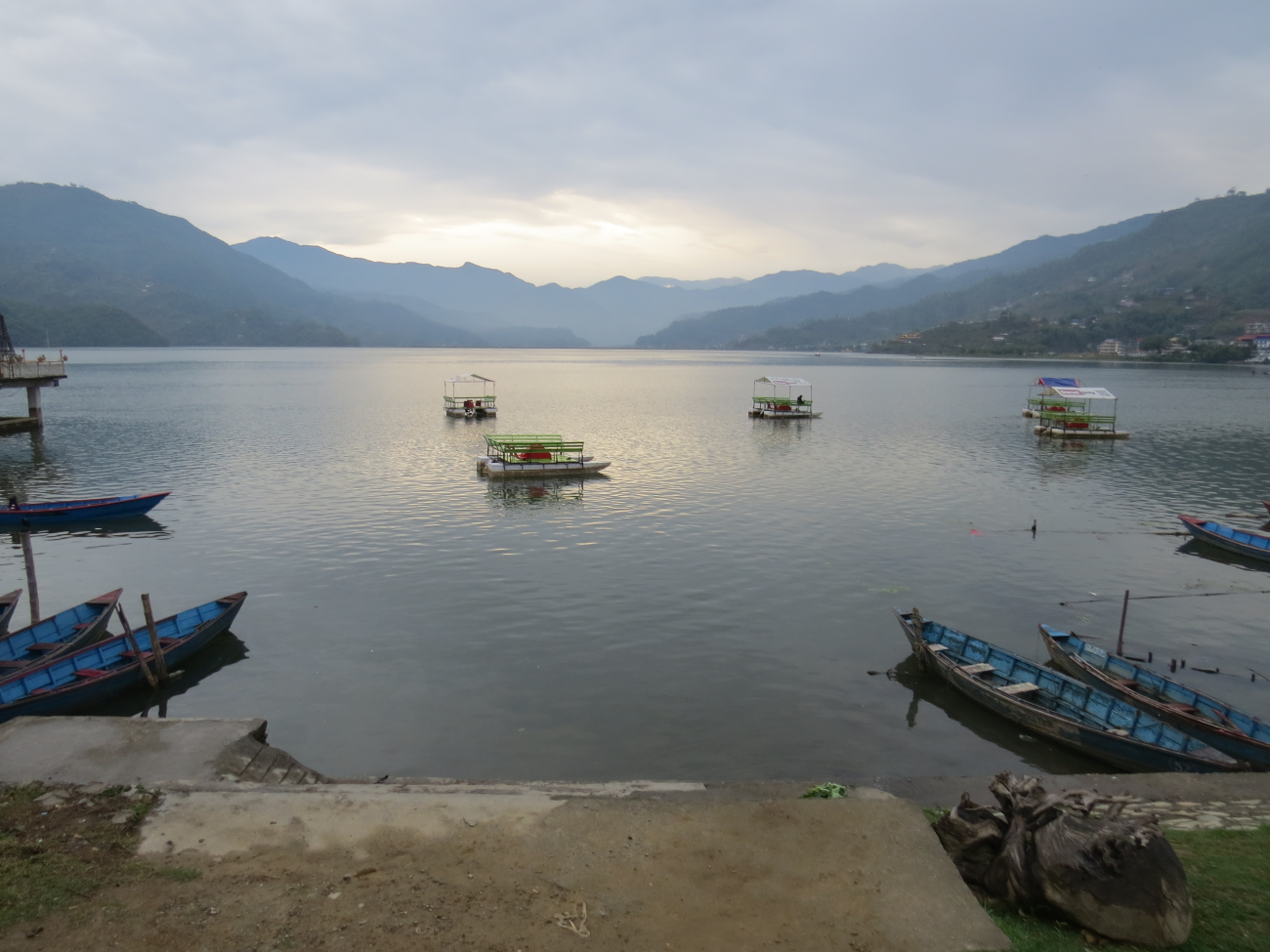
Then there was a difficult and long journey on a local bus along the Kali-Gandaki River to the main ridge of the Himalayas. A quarter of a century ago, there was no motor road here - only a hiking trail. Only in the evening, after overcoming traffic jams, we reached the village of Kalopani, where the riverbed, squeezed by the axial ridge of the Himalayas, makes a knee-shaped bend almost at a right angle. Here we divided into 2 groups: lovers of the forest with shrews and lovers of mountain deserts with hamsters. Thus, three participants remained in Kalopani, and the remaining four moved higher to the ancient town of Kagbeni.
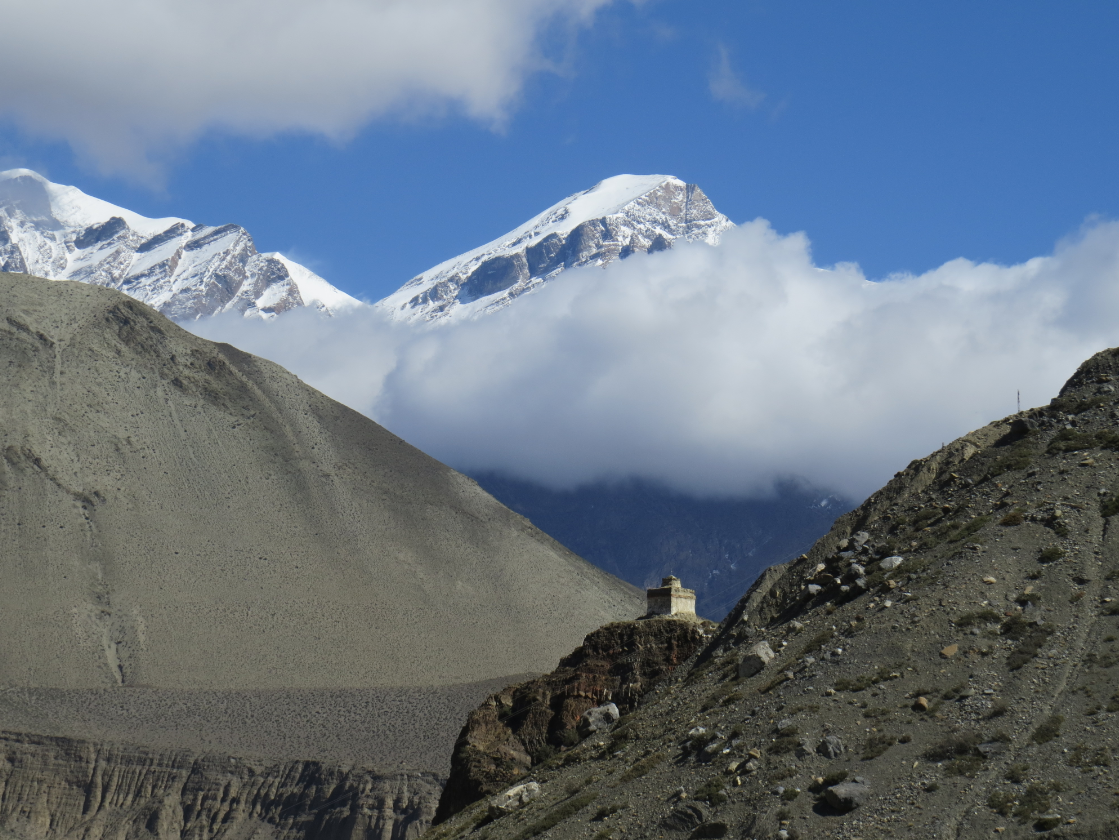
The nature around Kagbeni is unique and beautiful. Emerald fields, brown-red rocks, azure sky and apple trees with pinkish flowers create an unforgettable and unique landscape. On both sides of the valley rise the snowy peaks of eight-thousanders - Annapurna (8091 m) and Dhaulagiri (8167 m). The town itself was originally a fort and a gateway to Upper Mustang, a Tibetan principality that is still hard to reach for tourists. The population of the town is about 1000 people. It is very original and imbued with the Tibetan spirit. According to legend, Kagbeni is guarded by two spirit-eaters (Kheni), belonging to the national religion of the Tibetans, Bon. These are clay sculptures created in accordance with the traditions of Bon. A male Kheni in Kagbeni scares away evil spirits from the village, and he has all the necessary attributes for this. The figure of a Kheni woman is a little further away. It is not painted and is much smaller in size. Residents are in awe of these sculptures, which are molded in great detail and convey all the anatomical features of the floors.
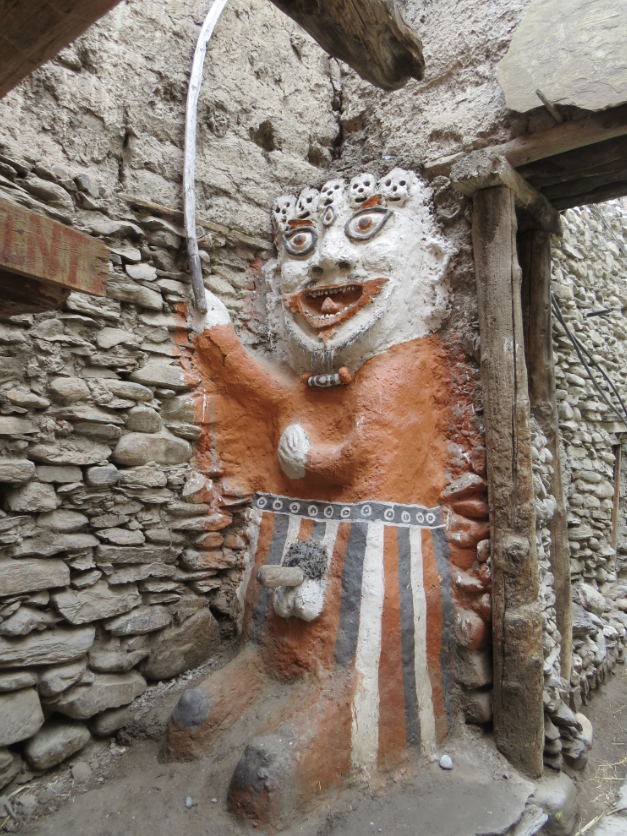
In the very center of Kagbeni is a dilapidated palace. It once belonged to the Kag-Khar dynasty. Even in Kagbeni, the Kag Chode Thupten Samphel Ling gompa, a Buddhist monastery founded in 1429, has been preserved. This is the oldest and main monastery in this region. Its name translates as "the monastery of a place to stop and develop concentration on the teachings of the Buddha." In the middle of the 18th century, about a hundred monks from twelve nearby villages lived here. It should be noted that even now there are no less monks in the monastery. There is a school for boys in it, so the young generation is also growing up there.
In almost every shop in Kagbeni you could buy black oval stones. If such a stone is carefully split, then ammonite or belemnite will be found inside. The same stones, only larger, lay in our hotel near the statuette of Buddha and in general in different places of worship. These stones are called salagrams. According to Hindu legends, the god Vishnu, once bewitched and turned into a salagram, was released somewhere in these places. Thus, salagrama-sila or salagram is a non-canonical incarnation of Vishnu. The lines and drawings on it resemble the divine symbols of Vishnu: mace, padma, flower garland, chakra.
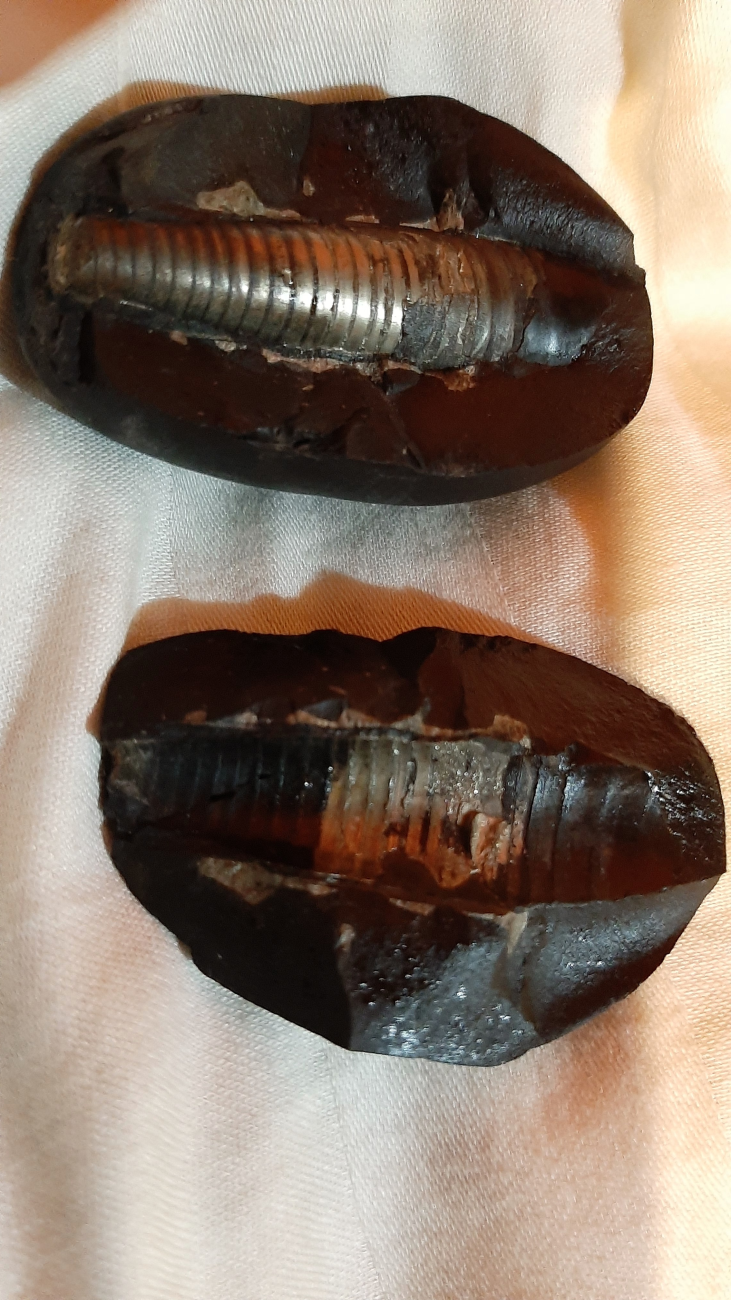
Having settled in the Yak Donald Hotel in Kagbeni, we immediately went to look for places for traps. Up the river valley we saw a flowering wild rose with unusually powerful spines, for which the species was called the wild rose, caragana, ephedra, Velikha pines with green trunks, and many other plants that we could not yet identify. Locals grow apples from which cider is made. We set traps, but the result, however, turned out to be zero. Still, the time for rodents was still inappropriate, spring was just coming into its own. To get to know the surroundings better, we went to Mukhtinanth, a small village already located at an altitude of 3800 m. It was even colder here, the leaves on the trees had not even blossomed, but the views of the snowy peaks and authentic buildings more than compensated for the climatic inconvenience. But in the evening, a fireplace was kindled for us in the hotel, and the meal was also warmed by external heat.
During the two days spent in Kagbeni, we barely managed to catch anyone. The consolation prize was only one rat, from which we took a tissue sample and released it into the wild. By chance, it turned out that the day of our departure from Kakbeni coincided with the full moon, the birthday, death and attainment of nirvana by the Buddha. We watched the colorful exit of the monks from the monastery of Kag-Chode-Tupten-Samphel-Ling. They were all wearing red robes with drums and flags and headdresses that looked like Iroquois crests. On this day, night services are held in all Buddhist temples.
On May 5, we descended to the coniferous forest zone located below. The lodge where we stayed had the symbolic name "Black Moon" (recall that it was on this day in 2023 that a total shadow lunar eclipse could be observed). In the morning we went to look at the mountain forest lakes, which are considered sacred. One is quite round, small and, in our opinion, spoiled by human activity. Once a year, pilgrims come here to enjoy drinking yak blood. Although we didn’t see yaks here at all, apparently the locals ate them all … The second lake is much more picturesque - everything is in macrophytes. It is also sacred, and hunting and fishing are not allowed here. The traps here turned out to be not very productive, but we still held several new species of rodents and insectivores in our hands.
The group that remained in the coniferous forests around Kalopani did not waste any time either. They managed to meet interesting birds, catch some birds and four-legged inhabitants of the local forests. Wide pebble beds, which abound in the upper reaches of Kali Gandaki, here are replaced by turbulent streams with rapids and waterfalls. Dense thickets of sea buckthorn, barberry, hawthorn, and small bamboo grow along the riverbed. Higher, they pass into forests with a predominance of Valikh pine, interspersed with hemlock, yew, oak and maple, clearings and meadows used as pastures. And along the sides of the valley there are rocks and birch-alder crooked forests, turning into snow-capped peaks. There were frosty, clear mornings, but more often it rained or a thick fog descended on the valley.
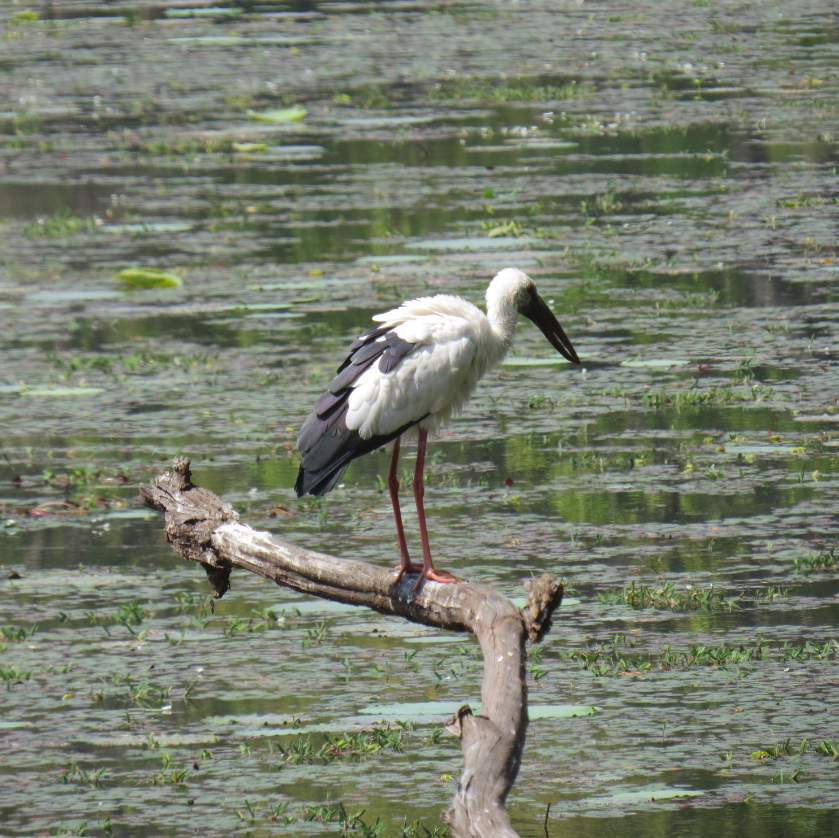
On May 7, we reunited and returned to Pokhara, from where our path lay already in a completely different element - the jungle of the Nepal foothill plains (called terai), namely the Chitwan National Park. The hotel was simply wonderful, with comfortable large rooms, even a closet, which was not observed at all in previous hotels in Nepal. And most importantly, the hotel had a swimming pool. So daytime 40ºC in the shade was easier to bear than we thought. Evening tour of the area with a ranger was absolutely wonderful. Near the Rapti River, we almost immediately saw two species of crocodiles (muggers and gharials), as well as many species of birds, including green doves, peacocks and wild chickens and parrots. On the opposite bank of a small river, a picturesque herd of Indian spotted deer, the axis, grazed.
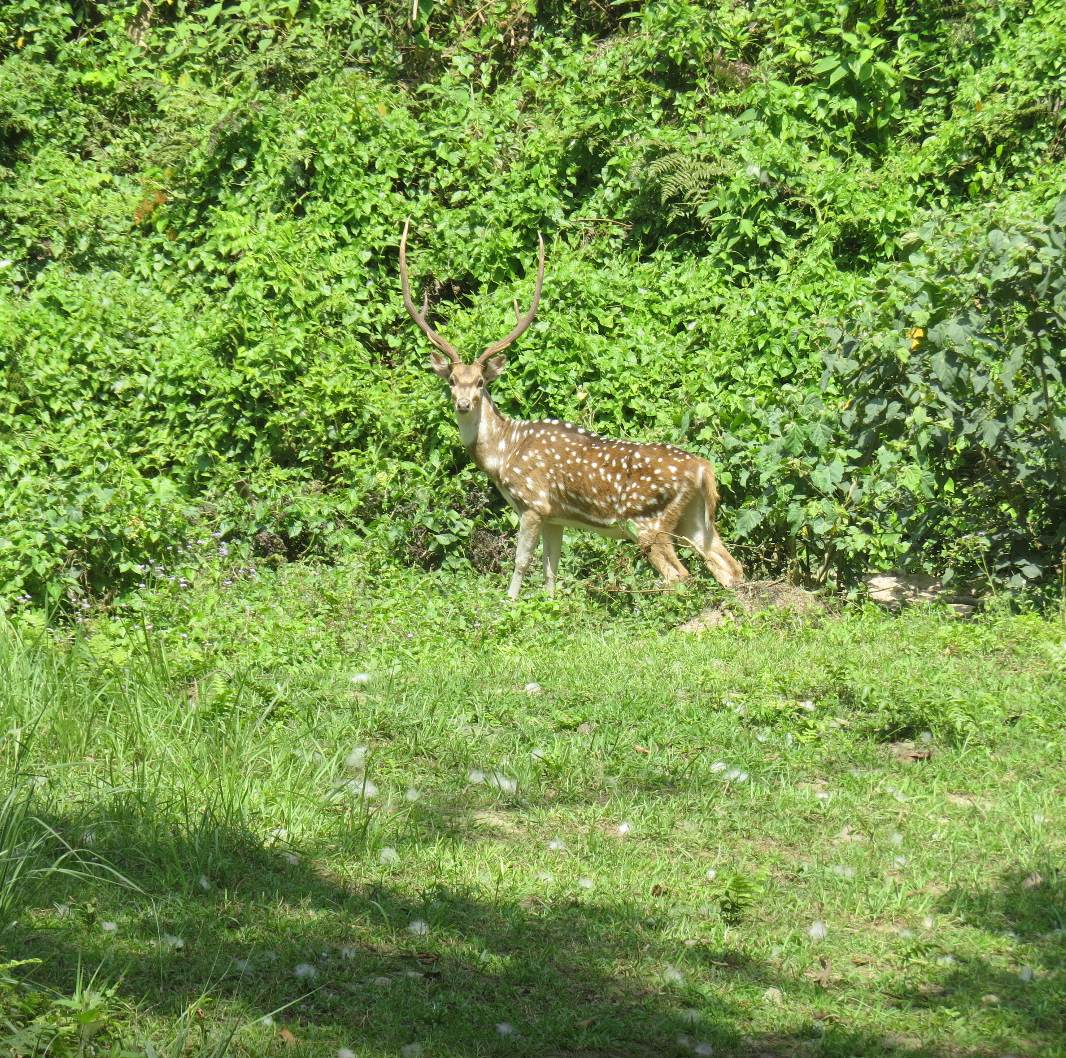

The next morning at 7 am, we, almost the first of the sightseers, went on a safari in an open jeep and were rewarded with seeing at least 55 species of birds. Among them were paradise flycatchers, amazingly beautiful in white attire with long tail feathers, four types of ringed parrots, kingfishers, yakans, herons, turtle doves, cuckoos, Indian pitta, crested serpent eagle and many others.
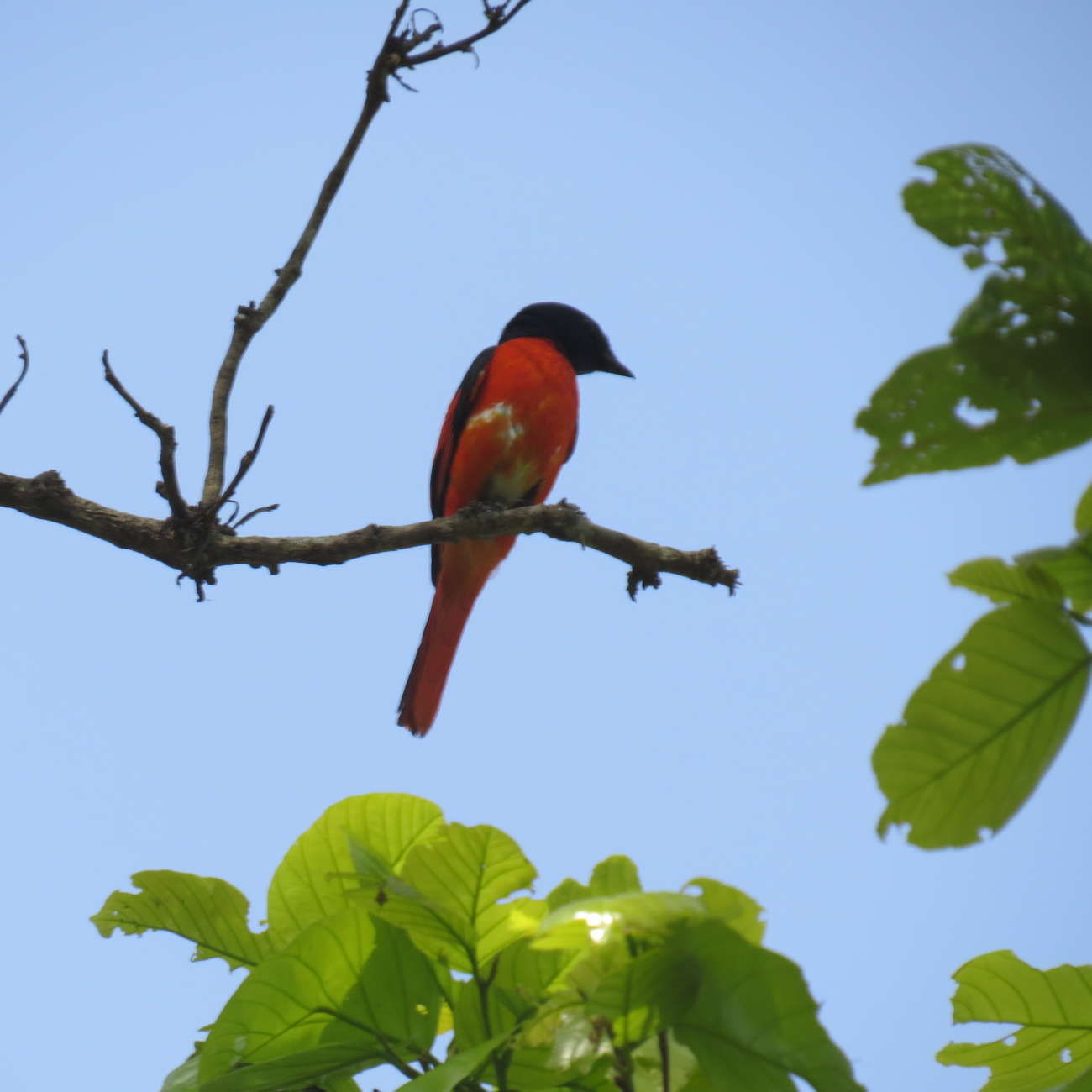
We also met herds of axises, a group of sambars, two types of monkeys (rhesus monkeys and Terai langurs), a wild pig, a jackal. No luck with the sloth bear, gaur bulls, not to mention tigers and leopards. But most importantly, we saw the pride of Chitwan - the armored Indian rhinoceros.
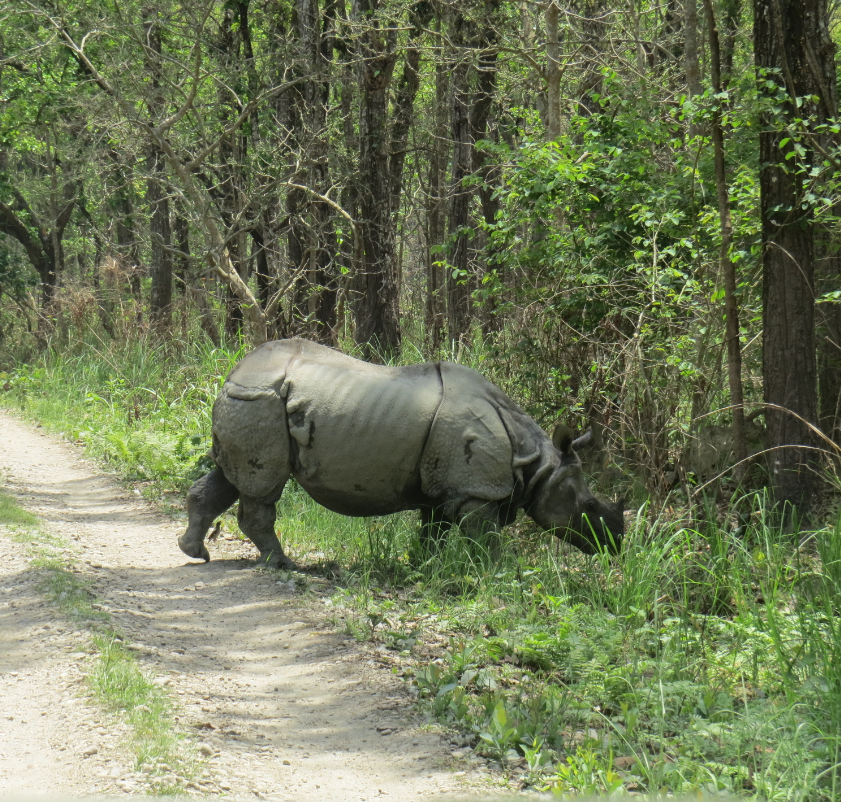
In total, we met five rhinos, one even went out in front of us on the road to pose, and proudly retired into the forest. In the evening, another short trip awaited us on a canoe hollowed out of a single tree trunk. Again we saw a lot of various birds, a couple of female crocodiles that climbed onto the sandy shore to communicate with their offspring buried in the sand. After the canoe, an elephant farm was waiting for us, where 14 female elephants with baby elephants are kept. Males are not kept here because of their aggressiveness, and the fathers of all cubs born here are wild elephants, who themselves come to the farm during estrus of females.
On May 10, unfortunately, we had to return to Kathmandu. And again 8 hours of not the most flat road in the bus - through the mountains and valleys. On May 11 we first spent time in the sacred temple of wayambhunath, better known as the Monkey Temple. From the top of the hill, we were able to admire the view of the city, looked at the old stupas and beautiful buildings, and also watched the fuss and games of the rhesus monkeys that live freely here, breed, feed in the garbage heaps and generally lead a completely urban lifestyle.
In the evening, despite being tired, we went to see fruit bats at the royal palace. Of course, we were no longer allowed into the palace, but it was possible to observe fruit bats hanging on trees from the outside. They were already beginning to prepare for flight, spreading their leathery wings. After this spectacle, we set off towards the house, not assuming that we were in for a fun evening and a night full of loud noise from a party in a nearby hotel. In addition, a rat ran into our room, which nibbled on the tomatoes and bread we left on the table. In general, we decided that we were leaving on time, as we no longer wanted sleepless nights. And on May 12 at 4 pm we went to the airport in a car kindly provided to us by Rajendra. He personally came to see us off and presented us with 7 orange silk scarves as a wish for a good journey. These scarves brought us unconditional good luck, as we made our way home without any problems!

And, of course, after such reconnaissance, we want to visit Nepal again and again - already knowing the area and local conditions, imagining the seasonality of the climate, and with more specific scientific goals.
